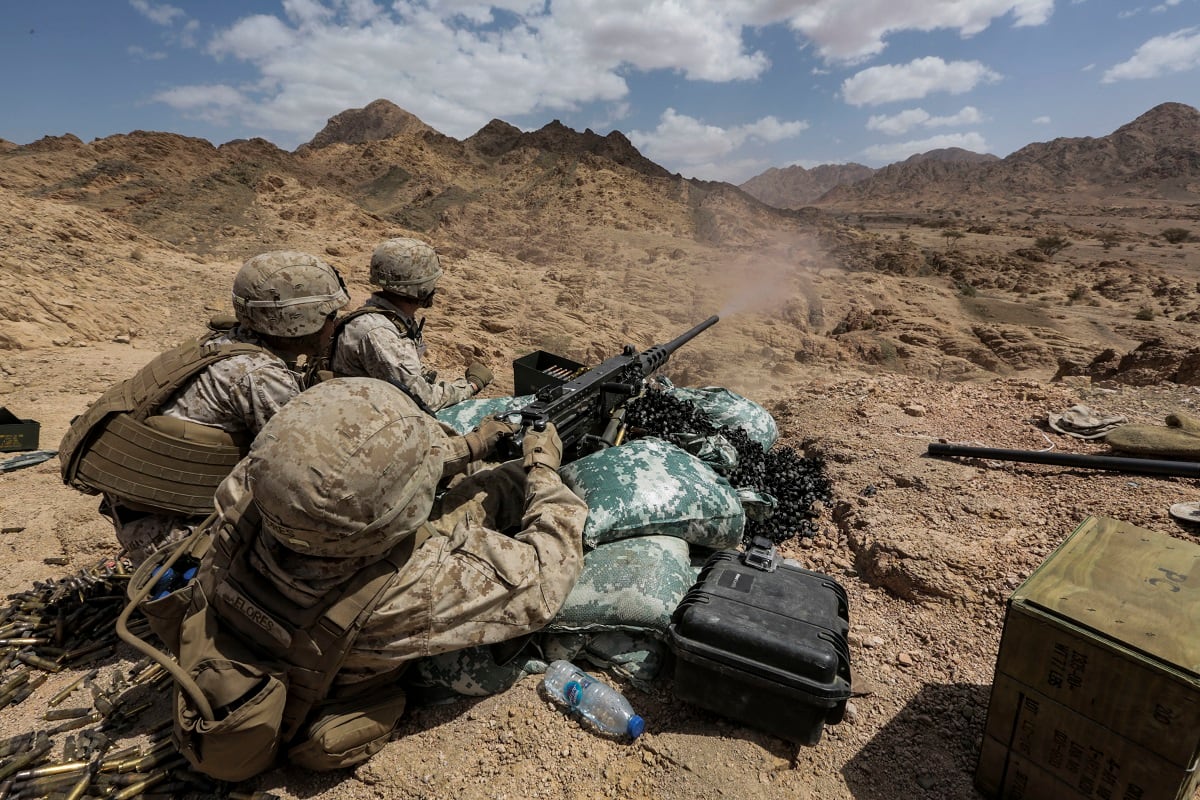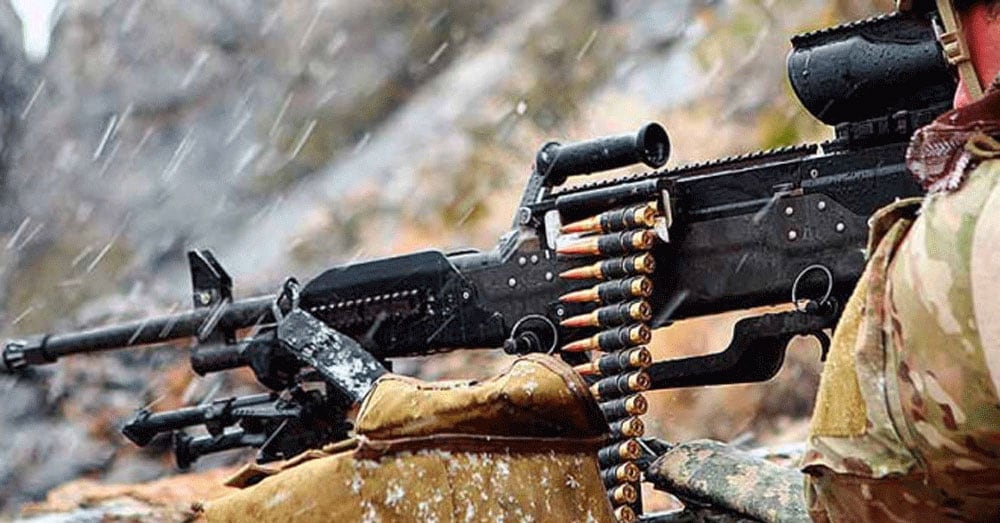Special operations shooters can expect some major upgrades to small- and not-so-small arms firepower both in the weapons and ammo over the next few years.
Army Col. Joel Babbitt — program executive officer for SOF Warrior and all things individual gear for Special Operations Command — spelled out the evaluation and fielding plan between now and 2025 that looks to seriously upgrade individual shooters on Wednesday during the annual Special Operations Forces Industry Conference.
The PEO has already put out a request for proposals for its Lightweight Medium Machinegun, or LMG-M, and expects to field the .338 Norma Magnum weapon by early fiscal year 2023.
RELATED

The .338NM round is getting a lot of attention. It’s going to be ammo fielded for all of SOCOM’s forces as a machine gun and sniper round and for the Army in their Advanced Sniper Rifle program, Babbitt said.
The colonel said that shooters are seeing better effects on target from the .338NM than from the .50 caliber. There’s better penetration and accuracy, he said.
“We’re killing, not just suppressing the target,” Babbitt said.
And the weight savings is considerable. A .50 caliber machine gun or the M2, “Ma Deuce” can weigh nearly 90 pounds. The prototypes they’re seeing for the LMG-M are tipping the scales at 22-25lbs, he said.
“What you’re doing is putting .50 caliber effects in an M240B,” Babbitt said, in reference to the current medium 7.62mm machine gun.
The colonel said some of the test shooters are requesting a single shot switch on the machine gun because they’re hitting the target on the first shot.
And the velocity of the round is doing more damage than the current medium machine gun can manage.
“You cannot only rip up the enemy infantry but you can rip up the Armored Personnel Carrier they rode in on as well,” Babbitt said.
Also on the .50 caliber side, Babbitt said progress with the .50 caliber polymer casing and linkages has considerably improved how they can use that round, especially in their small helicopters, known as “little birds.”
Military Times has previously reported on .50 caliber polymer case development, an effort being led by the Marine Corps.
The new casing uses polymer instead of brass, and nylon instead of metal linkages as well as a polymer ammo case. Those moves have cut the weight by more than 20 pounds. It’s still under evaluation this year but Marine officials recently said they expect it to field to the joint force by early 2022.
That weight savings has a direct impact on the “little birds.” That’s because right now pilots have to choose between running on three-quarters fuel and full ammunition or three-quarters ammunition and full fuel.
But with the polymer option, Babbitt said, those helicopters can go fully fueled and loaded which translates to an extra 30 minutes loiter time on target and more bullets in the bandolier.
Or, as the colonel put it, “So, you get all the bang and all the time.”
Snipers are seeing a bump up in their capabilities. SOCOM expects to procure the 6.5mm Creedmoor round to replace the 7.62mm sniper support rifles they currently have.
That, Babbitt said, puts primary sniper rifle accuracy in the support weapon. The 6.5mm round gives shooters 1.5 times the range of the current 7.62mm, he said.
In 2019, Barrett Firearms Manufacturing won the contract to provide the Advanced Sniper rifle, a main gun, bolt-action weapon that can be configured to fire three different rounds, depending on the mission - .338 NM, .300 NM and 7.62mm.
Todd South has written about crime, courts, government and the military for multiple publications since 2004 and was named a 2014 Pulitzer finalist for a co-written project on witness intimidation. Todd is a Marine veteran of the Iraq War.










